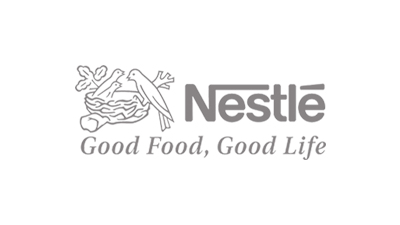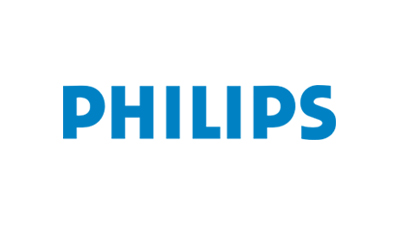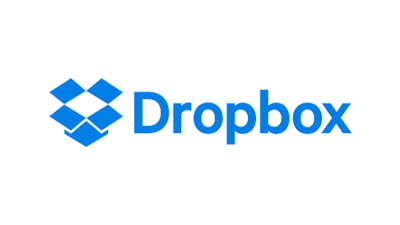Nanosensors are any surgical, biological, or chemical sensory points that are used to convey information about nanoparticles to the macroscopic world. These are mainly used in the healthcare sector or the biomedical sector. Nanosensors are also used in the manufacture of other nanoproducts such as nanorobots. Nanosensors have caused a revolution in the semiconductor industry and are being used for the evaluation and better understanding of nanosystems. Nanosensors are in especially high demand in the homeland security and military industries, as they are used for the detection of radiations and biotoxins. Nanosensors have also benefited the military by helping in the development of advanced warfield gear such as lighter vehicles and self-repairing tents. The nanosensors market is expected to have a positive outlook owing to the advent of advanced, new generation nanosensors, which detect toxic gases such as anthrax. The large investments in research and development activities are also expected to benefit the global nanosensors market. Moreover, cost effective manufacturing made possible due to the compactness of nanosensors is also having a positive impact on the market. Nanofabricated sensors reduce plant production costs as they can be mounted on wireless packages, thus eliminating cabling and wiring costs. This is also one of the growth factors for the nanosensors market across the globe. On the other hand, the market faces challenges such as difficulty in mass production of nanosensors. However, opportunities such as applications of nanosensors in the internet of things and robotics are expected to boost the market in the future. The introduction of wireless sensor networks (WSN) that can offer novel sensing capabilities will also open new doors of opportunities for the nanosensors market. The global nanosensors market is segmented on the basis of product, application, and geography. On the basis of application, the market is segmented into automotive and aerospace, biomedical and healthcare, homeland defense and military, and others. Out of these, the biomedical and healthcare segment held the largest market share in the nanosensors market in 2014. The biomedical and healthcare segment is expected to retain its dominance throughout the forecast period. The growth of the segment can be attributed to the use of nanosensors in medical diagnostics to detect cancers or as blood-borne sensors. Scope of the Report: This report focuses on the Nanosensors in global market, especially in North America, Europe and Asia-Pacific, South America, Middle East and Africa. This report categorizes the market based on manufacturers, regions, type and application. The worldwide market for Nanosensors is expected to grow at a CAGR of roughly 50.7% over the next five years, will reach 14100 million US$ in 2023, from 1200 million US$ in 2017, according to a new GIR (Global Info Research) study. Market Segment by Manufacturers, this report covers Analog Devices Inc Nippon Denso Corp Omron Corp Robert Bosch GmbH Roche Nimblegen Inc Samsung Electronics Co. Ltd Texas Instruments Inc Oxonica Analog Devices Inc Lockheed Martin Corporation Honeywell International, Inc Market Segment by Regions, regional analysis covers North America (United States, Canada and Mexico) Europe (Germany, France, UK, Russia and Italy) Asia-Pacific (China, Japan, Korea, India and Southeast Asia) South America (Brazil, Argentina, Colombia etc.) Middle East and Africa (Saudi Arabia, UAE, Egypt, Nigeria and South Africa) Market Segment by Type, covers Optical Nanosensors Electrochemical Nanosensors Electromagnetic Nanosensors Market Segment by Applications, can be divided into Consumer electronics Petrochemical Healthcare Industrial Others There are 15 Chapters to deeply display the global Nanosensors market. Chapter 1, to describe Nanosensors Introduction, product scope, market overview, market opportunities, market risk, market driving force; Chapter 2, to analyze the top manufacturers of Nanosensors, with sales, revenue, and price of Nanosensors, in 2016 and 2017; Chapter 3, to display the competitive situation among the top manufacturers, with sales, revenue and market share in 2016 and 2017; Chapter 4, to show the global market by regions, with sales, revenue and market share of Nanosensors, for each region, from 2013 to 2018; Chapter 5, 6, 7, 8 and 9, to analyze the market by countries, by type, by application and by manufacturers, with sales, revenue and market share by key countries in these regions; Chapter 10 and 11, to show the market by type and application, with sales market share and growth rate by type, application, from 2013 to 2018; Chapter 12, Nanosensors market forecast, by regions, type and application, with sales and revenue, from 2018 to 2023; Chapter 13, 14 and 15, to describe Nanosensors sales channel, distributors, traders, dealers, Research Findings and Conclusion, appendix and data source
Table of Contents 1 Market Overview 1.1 Nanosensors Introduction 1.2 Market Analysis by Type 1.2.1 Optical Nanosensors 1.2.2 Electrochemical Nanosensors 1.2.3 Electromagnetic Nanosensors 1.3 Market Analysis by Applications 1.3.1 Consumer electronics 1.3.2 Petrochemical 1.3.3 Healthcare 1.3.4 Industrial 1.3.5









